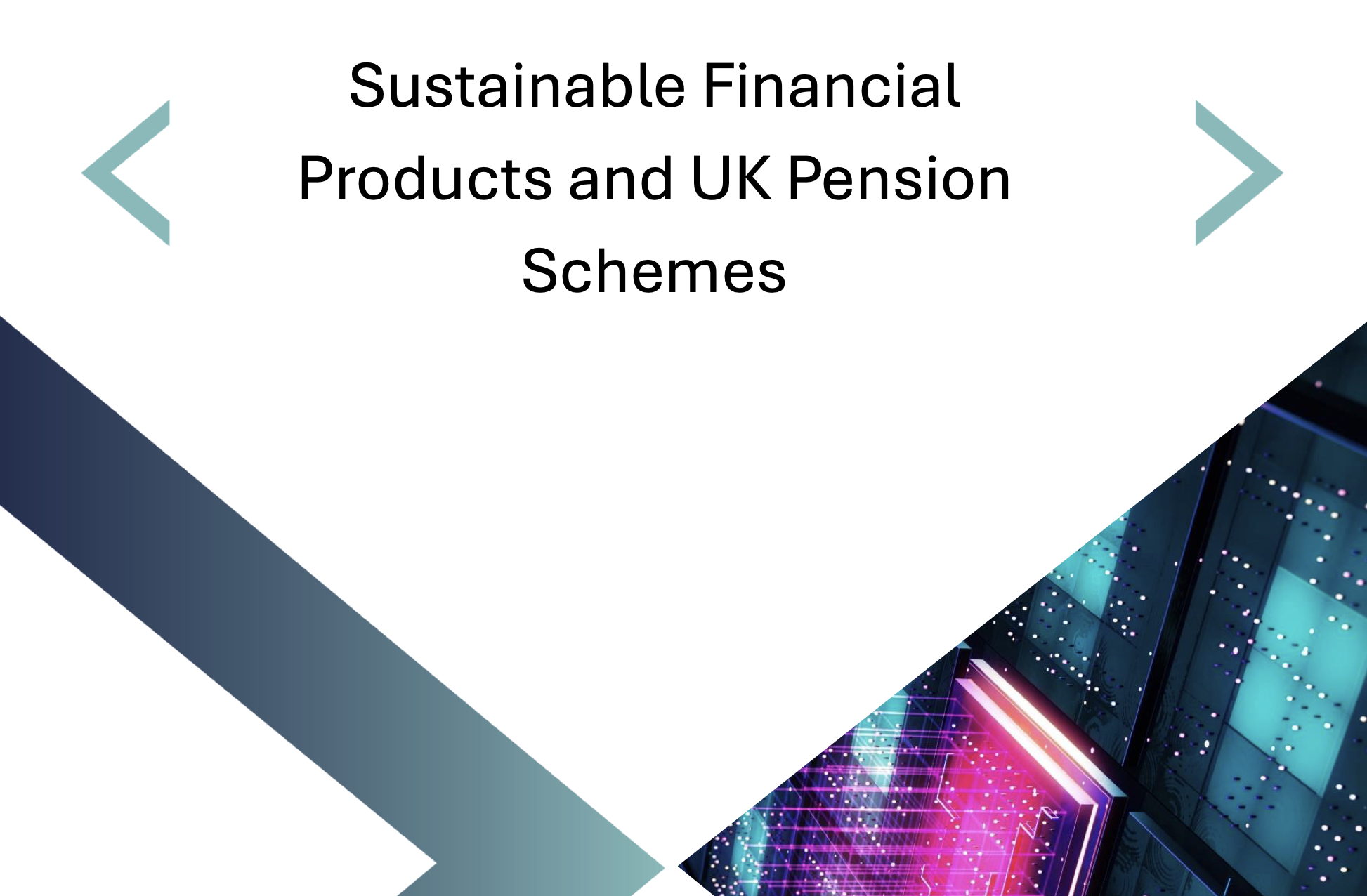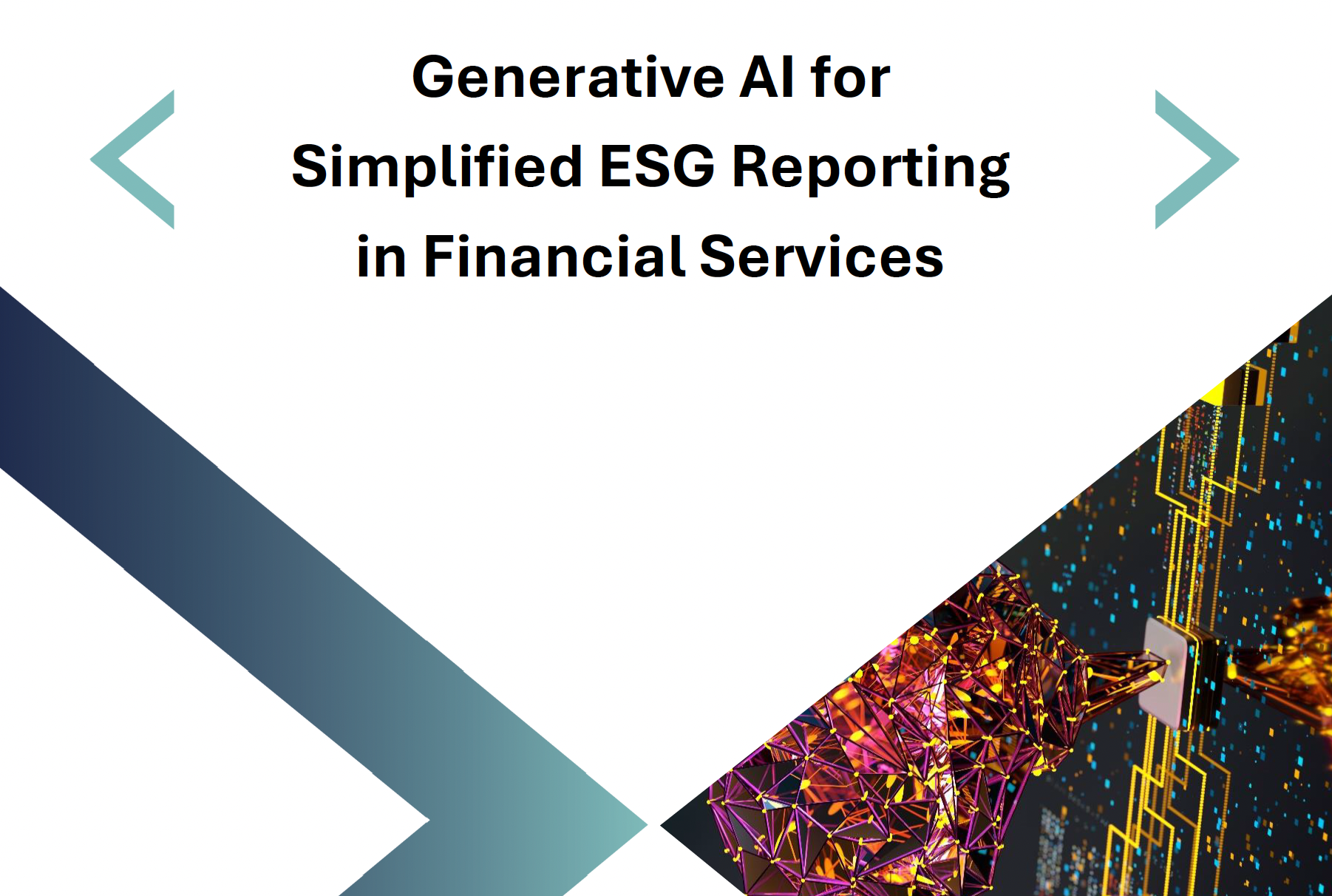Defining Climate Finance

Kirsteen Harrison, the Environment & Sustainability Advisor at the digital-assets platform, Zumo, is a stubborn optimist with a fierce conviction that businesses should be a force for good. As such, she works with leaders to facilitate the mindset shift required for businesses to thrive in a net zero future.
She notes that the term climate finance’ is a multifaceted concept, which in her view, may be used as an all-encompassing term and often gets confused with green or sustainable finance. “Climate finance has been specifically defined by the United Nations Framework Convention on Climate Change (UNFCCC) as finance for climate mitigation, adaptation or resilience,” Harrison explains. “To me it also includes generally enabling and delivering flows of climate finance to the parts of the world where it’s needed most.”
To support the flow of climate finance, financial institutions are having to establish transition plans that show not only how they will meet their own net zero targets, but to ensure financial flows actually shift towards supporting decarbonisation. This requirement has not quite yet filtered down to most fintechs. Harrison cautions that the requirement for fintechs to consider the financed emissions they are facilitating will arrive sooner than they think, and that the pace towards transition will move extremely quickly and not in a linear fashion. “I think as businesses, we tend to look at past events and timelines as a way to predict what might happen in the future. And with climate change we cannot do that, that is actually quite a dangerous thing to do,” cautions Harrison. “In terms of evolution, I think it is going to be much faster than we are used to seeing. Not only is that needed, it’s to be encouraged.”
Harrison also believes that improvements to ESG investing need to be made. She acknowledges that while this is a fast-evolving landscape and there is rightly a fear of greenwashing, there is nevertheless a much higher burden put on ESG investing. “ESG investments rightly need to prove that they meet certain criteria through data, whereas non-ESG investment does not.”
She has confidence, however, that blockchain technology will be a true enabler for delivering climate finance. Because blockchain provides an immutable ledger, it can ensure that finance is delivered to the points it actually needs to be delivered to, which is especially important for jurisdictions lacking in good governance structures. Blockchain can also play an important role in supporting the role of quality carbon credits and renewable energy certificates (RECs) by avoiding legacy issues such as double counting.
Harrison has three main pieces of advice for fintechs wanting to incorporate climate finance into their offerings:
- Do it authentically: Rather than simply launching a green product, sustainability principles need to be embedded in your business alongside credible net zero commitments.
- Stay two steps ahead: Because we’re working within such a rapidly changing landscape, planning needs to determine what might be needed in three, five or seven years’ time, or risk quickly becoming out of date.
- Be mindful of financed emissions: A big part of the carbon footprint of the financial industry is financed emissions’, which are the greenhouse gas emissions linked to investment and lending activities. Fintechs need to very carefully consider how their work might be impacting financed emissions, and, if necessary, pivot and support climate-friendly choices and investments instead.
Awareness is key. Ultimately, fintechs need to take responsibility for the impact that investment decisions can have on harming the environment, as well as the impact that they as technology providers might have on affecting the system as a whole for the greater good. In doing so, they will attract and retain new talent, increase trust in their brand and prepare themselves for the fast-evolving sustainability disclosures landscape.



